Humans
Sign up for our newsletter
We summarize the week's scientific breakthroughs every Thursday.
-
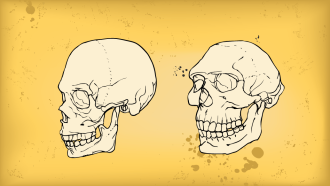 Humans
HumansA gene tied to facial development hints humans domesticated themselves
Scientists may have identified a gene that ties together ideas about human evolution and animal domestication.
-
 Health & Medicine
Health & MedicineMedications alone work as well as surgery for some heart disease patients
Patients with stable ischemic heart disease may be able to avoid stents or bypass surgery with medications alone.
-
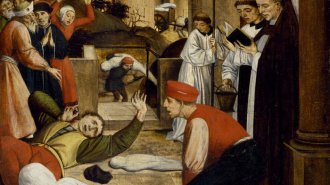 Humans
HumansAn ancient outbreak of bubonic plague may have been exaggerated
Archaeological evidence suggests that an epidemic that occurred several centuries before the Black Death didn’t radically change European history.
By Bruce Bower -
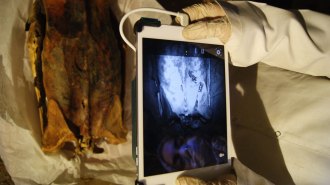 Archaeology
ArchaeologyInfrared images reveal hidden tattoos on Egyptian mummies
Infrared images show a range of markings on seven female mummies, raising questions about ancient Egyptian tattoo traditions.
By Bruce Bower -
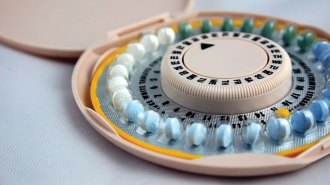 Neuroscience
NeuroscienceIs taking birth control as a teen linked to depression? It’s complicated
As researchers sift through conflicting data, no clear answers emerge on whether birth control during teenage years can cause depression later.
-
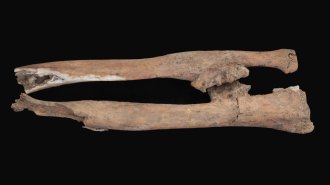 Humans
HumansArchaeologists tie ancient bones to a revolt chronicled on the Rosetta Stone
The skeleton of an ancient soldier found in the Nile Delta provides a rare glimpse into an uprising around 2,200 years ago.
By Bruce Bower -
 Health & Medicine
Health & MedicineA dose of ketamine could lessen the lure of alcohol
Ketamine may weaken wobbly memories of drinking, a trick that might ultimately be useful for treating alcohol addiction.
-
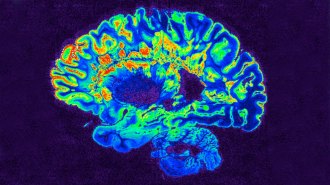 Health & Medicine
Health & MedicineA protein helps disease-causing immune cells invade MS patients’ brains
Blocking the protein may hinder B cells invading the brain in multiple sclerosis, a study in mice and ‘stand-in’ human brain barriers finds.
By Sofie Bates -
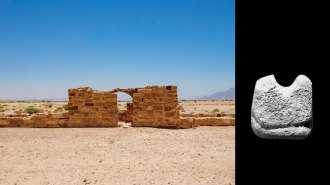 Archaeology
ArchaeologyA carved rock found in Jordan may be the oldest known chess piece
The 1,300-year-old game piece, which resembles a rook, or castle, was found at an Early Islamic trading outpost.
By Bruce Bower -
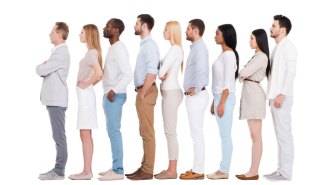 Humans
HumansWhy screening DNA for ‘designer babies’ probably won’t work
While simulations suggest it’s possible to predict a child’s height from looking at an embryo’s DNA, real-world examples say otherwise.
-
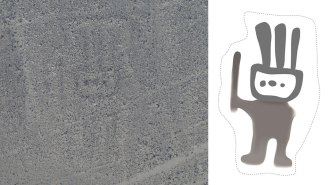 Archaeology
ArchaeologyAn AI found a hidden Nazca Line in Peru showing a humanoid figure
An artificial intelligence program designed to go through massive datasets for hints of ancient geoglyphs called Nazca Lines has discovered a new one.
-
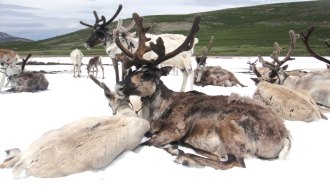 Climate
ClimateThe loss of ‘eternal ice’ threatens Mongolian reindeer herders’ way of life
Mongolian reindeer herders help scientists piece together the loss of the region’s vital “eternal ice” patches.